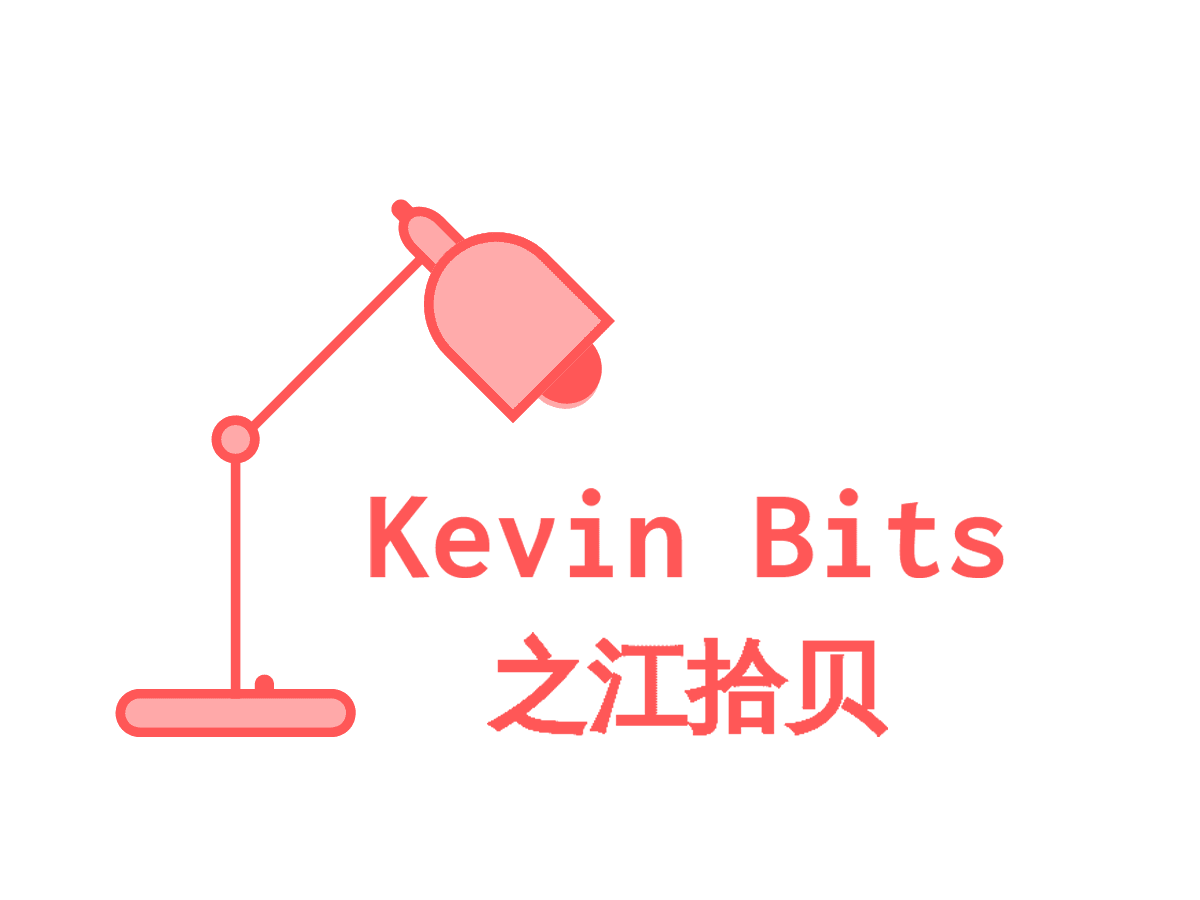In modern control theory, the output of a control system is a linear combination of a number of independent variables.
y=sum ci*xi = c^T * x
where y is the total inflation, xi is a component of inflation and ci is weigh in measurement. The vector x is called state variable.
Inflation dynamics can be modeled by
dot x = A x + bu
where u is monetary policy. In the linear space of x, we can split it into a controllable subspace and uncontrollable subspace. A controllable space is where we can exert control strategy to drive the inflation to the target. In the context of the Fed monetary policy, the inflation portion related to the food and energy is not controllable, while other portion is controllable. For that reason, although the Fed has the mandate to keep total inflation to the target, the Fed operationally uses the core inflation (without the portion related to the food and energy) for control purpose. The inflation is currently running at a very low level in the U. S., and the monetary policy is at low bound.
The inflation control is saturated at this moment as low inflation calls more accommodative interest policy but the policy rate can not go further low, i.e., the Fed has no control over the inflation and the inflation dynamics is autonomous. Returning inflation to normal range will thus take longer and tightening monetary policy in the coming months will make such process even longer.
Note that the Fed was established to control inflation initially, and late the Fed assumed maximizing employment as its mandate as well. From historical perspective, the Fed would bias to inflation mandate. In this sense, normalizing interest rate policy has a long way for the Fed to go in the coming years.
References:
[1] Kevin Economy Notes on Nov. 25, 2013, “An Inflation Control System”.
